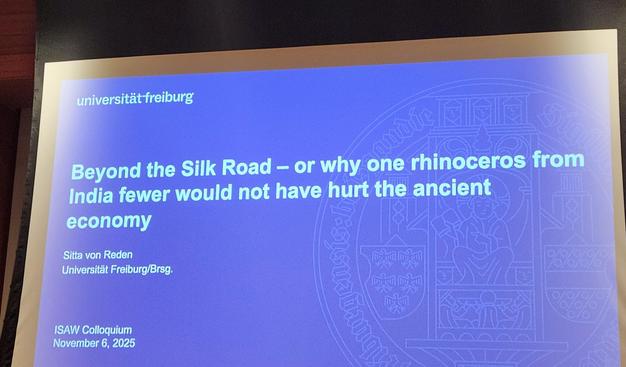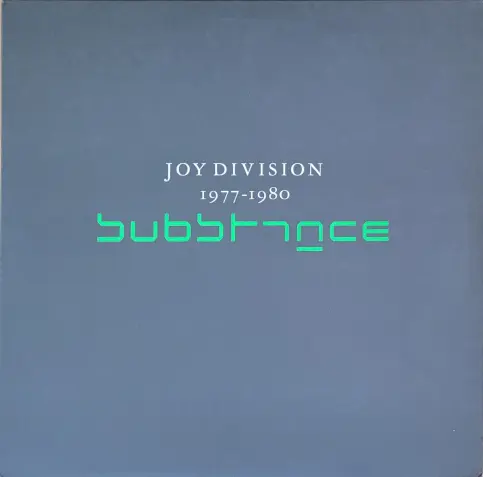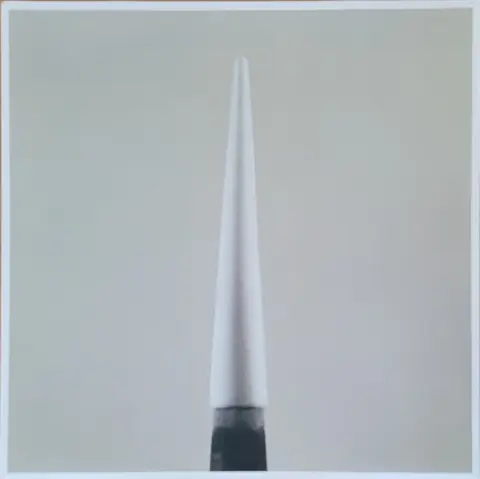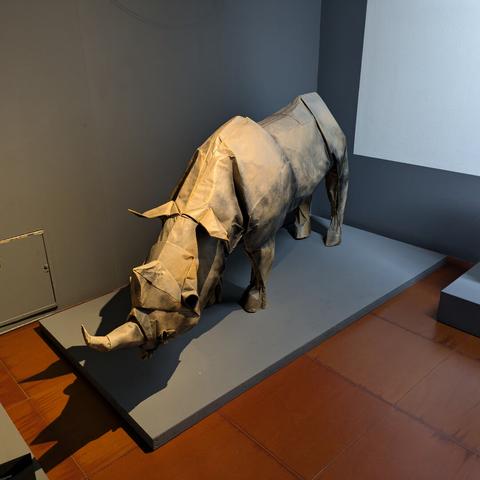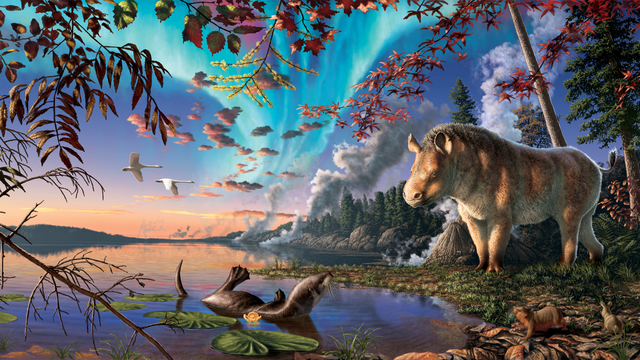Seznamte se s miocénním nosorožcem druhu Epiaceratherium itjilik, který se proháněl po místech, z nichž je dnes Nunavut v arktické Kanadě! Je to 5. druh rodu Epiaceratherium, mladší a nalezený více na sever, než ostatní, a nabízí zajímavý vhled do nosorožčí evoluce. Severoatlantická úžina zřejmě vydržela déle, než se myslelo, a umožňovala disperzi různých savců, včetně nosorožců.
#rhinoceros #rhino #fossil #paleontology #science #evolutionarybiology #biology #animals
https://blogorgonopsid.blogspot.com/2025/11/epiaceratherium-itjilik-kdyz-se.html
Meet Epiaceratherium itjilik, a Miocene rhinoceros that roamed what is today Nunavut in Arctic Canada! A fifth species of Epiaceratherium, younger and found further north than all the others, it provides an interesting look into rhino evolution. The North Atlantic Land Bridge probably laster longer than previously thought, allowing dispersion of various mammals, including rhinos.
#rhinoceros #rhino #fossil #paleontology #science #evolutionarybiology #biology #animals
https://blogorgonopsid.blogspot.com/2025/11/epiaceratherium-itjilik-kdyz-se.html
Joy Division, Substance, 1988 on Factory
Posthumous collection of Joy Division singles put out in 1988 as a 1xLP and reissued in 2015 as a 2xLP by Rhino (a digital remaster). Substance was also used at the title for the New Order singles collection that came out in 1987 (with “1987” added).
Still looking for a good clean copy of Unknown Pleasures but I was glad to find this copy of Substance. The 2xLP version includes the “Pennine Version” of “Love Will Tear Us Apart” which was the b-side of the original single.
My copy—via a record fair at Mill No. 5—is the 2015 Rhino US edition pressed at Optimal GmbH on 180g vinyl.
#1980s #1988 #2010s #2015 #compilation #FactoryRecords #JoyDivision #LowellMA #MillNo5 #Rhino #Singles #vinyl #vinylcollection #vinylfinds
Evidence of #Rhino Living in Frigid #ArcticCircle 23 Million Years Ago Discovered in New #Fossil
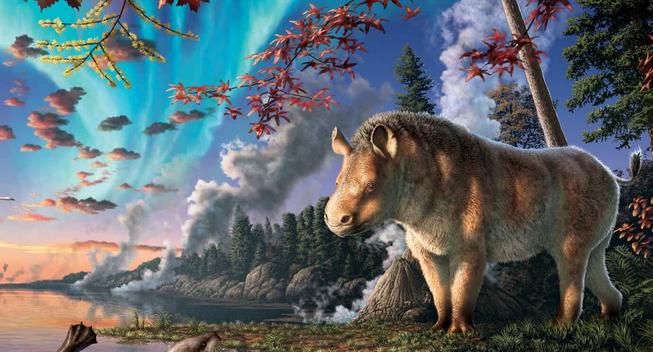
Evidence of Rhino Living in Frigid Arctic Circle 23 Million Years Ago Found Inside New Fossil - Good News Network
An extinct species of rhino that lived inside the Arctic Circle 23 million years ago has been discovered. The nearly complete fossilized skeleton was recovered from the fossil-rich lake deposits in Haughton Crater on Devon Island, in the Canadian High Arctic. It is the most northerly rhinoceros species known. Rhinos have an evolutionary history that […]
Eric Joisel
Paper
Educational Museum of Origami, Zaragoza
#rhino
#ericjoisel #éricjoisel #ericjoiselorigami
#origami
#emoz #zaragoza #spain
Though all of my current and previous computers were without exception too underpowered for any professional work, I have nevertheless always played around with #3DGraphics. It started on the #Commodore64 with #GigaCAD and ended nowadays – of course – with #Blender3D. In between the usual suspects (#PovRay, #3DSMax, #SoftImage, #Maya, #Rhino, etc.).
For the #Amiga I bought the #bookware "#Reflections 2.0" which seems to have been lost. While the @internetarchive has copies of the books of version 1, I couldn't find version 2 anywhere (not even in printed form). The software itself is also nowhere to be found.
🦏🇨🇦🧊 Ancient 'frosty' rhino from Canada's High Arctic rewrites what scientists thought they knew about the North Atlantic Land Bridge
The newfound Arctic rhino is the most northerly rhinoceros ever discovered. The researchers think the species migrated from Europe via the North Atlantic Land Bridge, an ancient passage over Greenland consisting of exposed continental crust.

Ancient 'frosty' rhino from Canada's High Arctic rewrites what scientists thought they knew about the North Atlantic Land Bridge
Researchers have gained new insights into rhinoceros evolution and the longevity of the North Atlantic Land Bridge from analyzing the perfectly preserved fossils of a "frosty" Arctic rhino.
Time for Epiaceratherium itjilik #Arctic #rhino 🦏
https://phys.org/news/2025-10-scientists-extinct-rhino-species-canada.html#google_vignette

Scientists describe an extinct rhino species from Canada's High Arctic
Scientists from the Canadian Museum of Nature have announced the discovery and description of an extinct rhinoceros from the Canadian High Arctic. The nearly complete fossil skeleton of the new species was recovered from the fossil-rich lake deposits in Haughton Crater on Devon Island, Nunavut and is the most northerly rhino species known.


